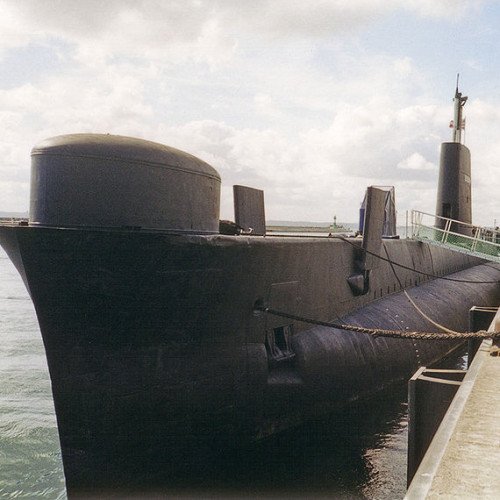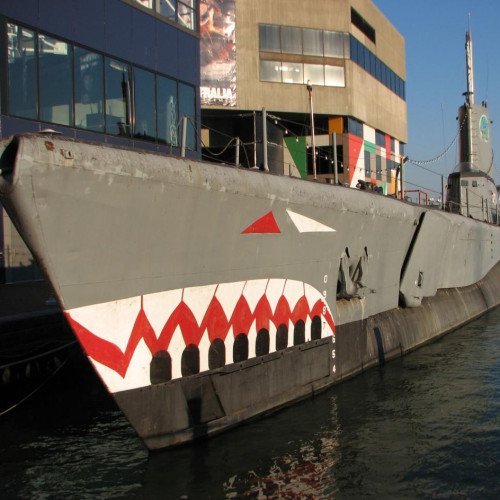Oberon-class submarine vs Tench-class submarine

Oberon-class submarine
The Oberon class was a ship class of 27 British-designed submarines operated by five different nations. They were designed as a direct follow-on from the Porpoise class: physical dimensions were the same, but stronger materials were used in hull construction, and updated equipment was fitted.The submarines were built between 1957 and 1978 by four shipyards: Cammell Laird (4), Chatham Dockyard (6), Scotts Shipbuilding and Engineering Company (11) and Vickers-Armstrongs (6). Thirteen of the submarines were operated by the Royal Navy, six by the Royal Australian Navy, three by the Brazilian Navy, three by the Royal Canadian Navy/Canadian Forces Maritime Command (plus two ex-Royal Navy boats later acquired for non-commissioned roles), and two by the Chilean Navy.The Oberons operated during the height of the Cold War, with duties including surveillance, tracking of other ships and submarines, delivery and retrieval of special forces personnel, and serving as targets for anti-submarine training. Submarines of the class were in service until 2000. As of 2015, eight of the submarines are preserved intact as museum vessels, another three are partially preserved (with some exterior portions of the submarine on display), and one is in private ownership and awaiting conversion for display. The rest have been sold for scrap, including one former museum vessel.
Statistics for this Xoptio

Tench-class submarine
Tench-class submarines were a type of submarine built for the United States Navy (USN) between 1944 and 1951. They were an improvement over the Gato and Balao classes, only about 35 to 40 tons larger, but more strongly built and with a slightly improved internal layout. One of the ballast tanks was converted to carry fuel, increasing range from 11,000 nautical miles (20,000 km; 13,000 mi) to 16,000 nautical miles (30,000 km; 18,000 mi). This improvement was also made on some boats of the previous two classes. Further improvements were made beginning with SS-435, which are sometimes referred to as the Corsair class. Initial plans called for 80 to be built, but 51 were cancelled in 1944 and 1945 when it became apparent that they would not be needed to defeat Japan. The remaining 29 were commissioned between October 1944 (Tench) and February 1951 (Grenadier). The last submarine of the Tench class, as well as the last submarine which served during World War II, remaining in service with the U.S. Navy was USS Tigrone (AGSS-419) which was decommissioned on 27 June 1975.